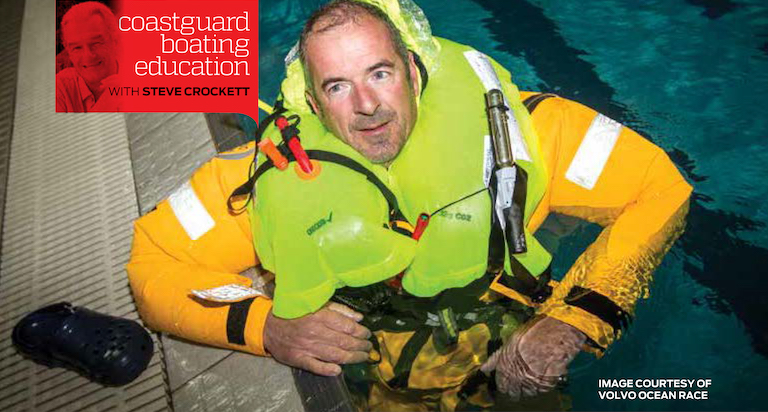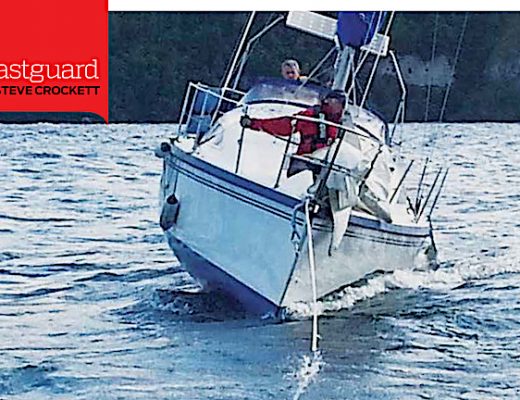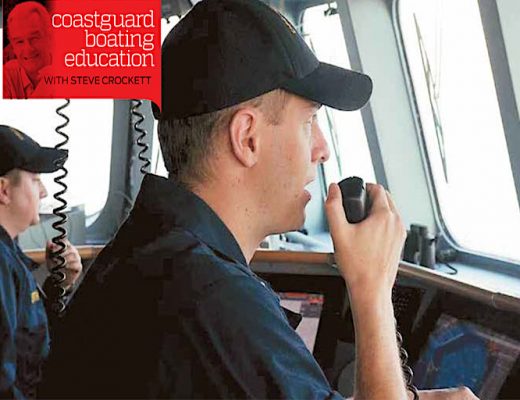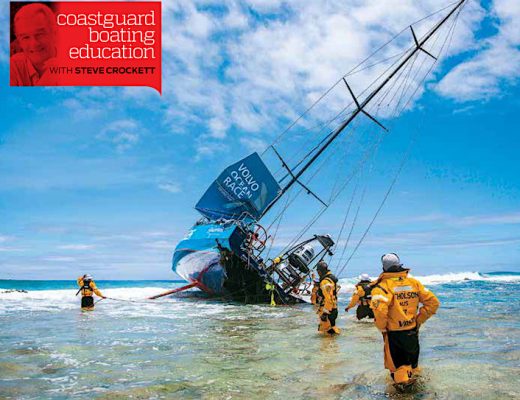USELESS UNLESS WORN? SURE, BUT LIFEJACKETS ARE ALSO USELESS UNLESS YOU CARE FOR THEM PROPERLY. HERE’S HOW …
I was having a chat recently with an old friend of mine regarding legislation surrounding the carrying and wearing of lifejackets. As usual there was much discussion of the pros and cons of legislation versus education. My friend, however, made what I believe was the defining point in the argument.
At one stage of his life this fellow was involved with the UK’s Royal National Lifeboat Institution (RNLI). He told me during some search-and- rescue operations they would encounter what he termed ‘wreaths’ on the water. This term applied to the discovery of unused lifejackets floating on the water at or near the scene of a tragedy. If the victims of the incident had the forethought to wear a lifejacket, the outcome may have been different. At Coastguard we also have a saying: “Useless unless worn.” Mind you, I have on occasion seen lifejackets on board vessels that are in such poor condition you might say, “Useless because worn” or “Dangerous if worn.”
SWAP IT OUT
Coastguard recently ran a New for Old campaign where you could trade in your old lifejacket for a new discounted lifejacket of your choice. It was a highly successful campaign and resulted in the exchange of around 3000 lifejackets in the Mid North area alone. Sue Tucker, Coastguard Boating Education’s national education coordinator, was responsible for the implementation of the program and said: “It was not only about the lifejackets, but about educating people in all the aspects of boating safety.She said some of the exchanged lifejackets were badly holed and had polystyrene beads pouring out of them; often they were the wrong size for the person; many inflatable lifejackets had missing gas bottles or the bottles were so corroded they would never have operated.A great number of jackets also had broken zip fasteners or missing/broken straps, and many had been thrown under a thwart in the bow of a boat and not removed for years.The oldest lifejacket exchanged was around 60 years-old and reminded me of the old cork lifejacket my father made me wear as a young lad on our boat. I had to wear it all the time I was on deck or in the cockpit.
NO EXCUSES
There really is no excuse for failing to wear a modem lifejacket at all times aboard your vessel while in the cockpit or on deck.
There are several different types available to suit your individual requirement and most countries have particular standards and classifications, e.g. Australia refers to types 1, 2, 3, while in NZ they are classified as Types 401 to 408.
Modern lifejackets are made of newer, better materials and are designed to support
the wearer in a variety of conditions. Check with your Boating Association or local chandlery for advice on which is the best type for your use.
Remember though that the lifejacket will only save your life if you look after it. All lifejackets need to be serviced, particularly inflatable varieties. It is highly recommended that you send your inflatable lifejacket to an authorised service agent for its biennial service.
However, you should personally check lifejackets on a regular basis, particularly prior to the start of your boating season. Many manufacturers and some government agencies provide excellent instructions on how to maintain lifejackets, particularly inflatable varieties (top right – as you can see in the photo below the gas cartridge will corrode over time in the marine environment). Maritime New Zealand and Hutchwilco have excellent videos available regarding maintenance and service of inflatable lifejackets which can be found on YouTube or at maritimenz. govt.nz
During a recent Advanced Sea Survival Course, one student activated his inflatable lifejacket only to find that the bladders tore away from the harness, leaving him unsupported in the water.
The slightly shaken and wide-eyed student informed me that he had recently completed a couple of trips to Tonga and back with that lifejacket. The lifejacket was around three years-old and he had never checked its condition since buying it.
Your well-maintained and properly equipped lifejacket will support you until help arrives, or at least so long as that help knows where to find you. But that’s another story ..





No Comments